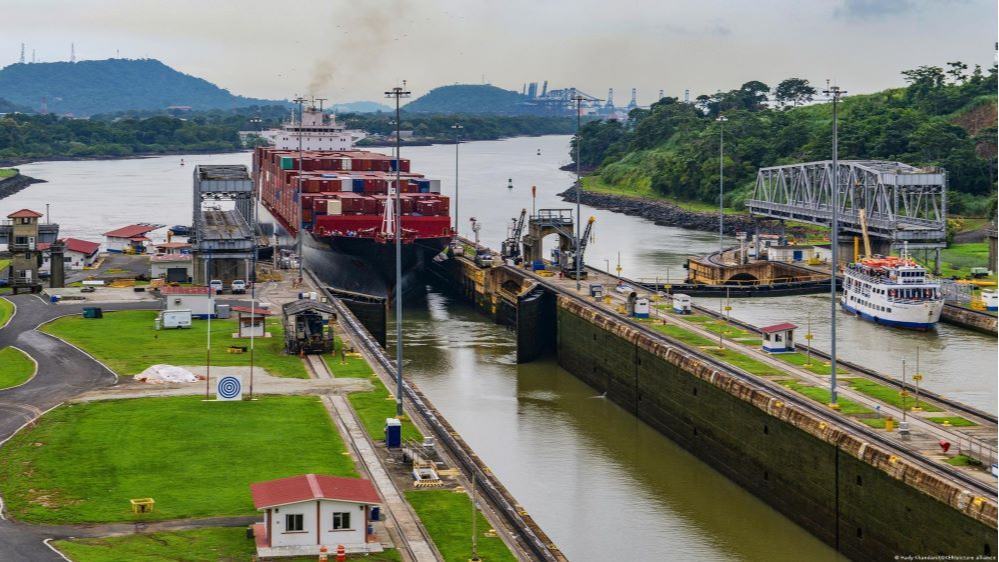
By Roberto Morejón
In the year of the 110th anniversary of its inauguration, the Panama Canal is suffering the ravages of drought, with a decline in the number of ships that can navigate, in what is interpreted as a new wake-up call to the behavior of international maritime traffic.
The shortage of rain, aggravated by the El Niño phenomenon, is affecting a route that facilitates the passage of six percent of world trade through 82 kilometers, a distance that connects the Atlantic and Pacific oceans.
The decrease in rainfall has severely affected the level of water essential for the operation of the locks, so the Canal administration and the Panamanian government are looking for alternatives.
Among them is the construction of a new reservoir on the Indio River, with the danger of flooding populated areas and facing popular protests.
Judging by those in the know, Panama, like the entire planet, is resisting the rigors of climate change, although the situation is complicated by the fact that projected works to complement its infrastructure have had to be postponed due to the global economic crisis.
This is not a drop in income, because in 2024 it is estimated that it would increase by about 134 million dollars, although far from the forecasts, which referred to more than six billion.
Among the reasons for the decrease is that between 36 and 38 ships should cross the waterway daily, but only 24 do so, due to the drop in the water level, which is also used to cover the requirements of half of the population of the Isthmian country.
As expected, the main users of the Canal, the United States and China, are the most affected, although Chile and Peru are sounding the alarm because they need it to transport their fruit, among other purposes.Mexico is proposing greater management of an inter-oceanic corridor in the Isthmus of Tehuantepec, which separates the Pacific Ocean from the Caribbean Sea, and Colombia has plans in the pipeline.
As the waters recede and options are decided, Panamanians rightly think that the country's economic future is at stake.
This is happening under special circumstances, as Panama left behind fiery protests against a mining project, which was ultimately aborted.The world looks on with astonishment, since only the Suez Canal, with 10 percent of the world's ships, exceeds the traffic of the Panama Canal.

